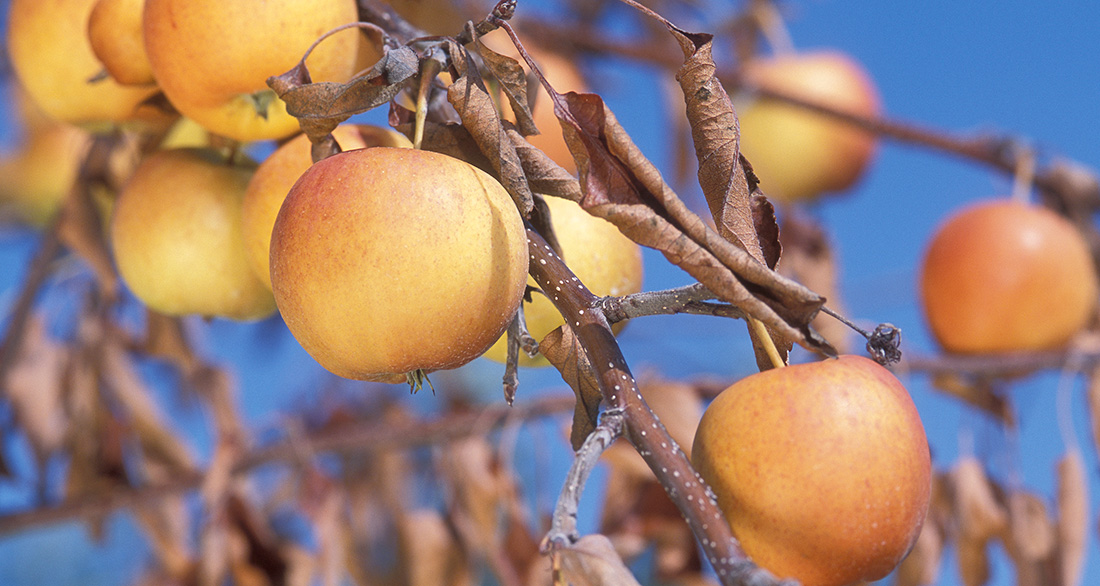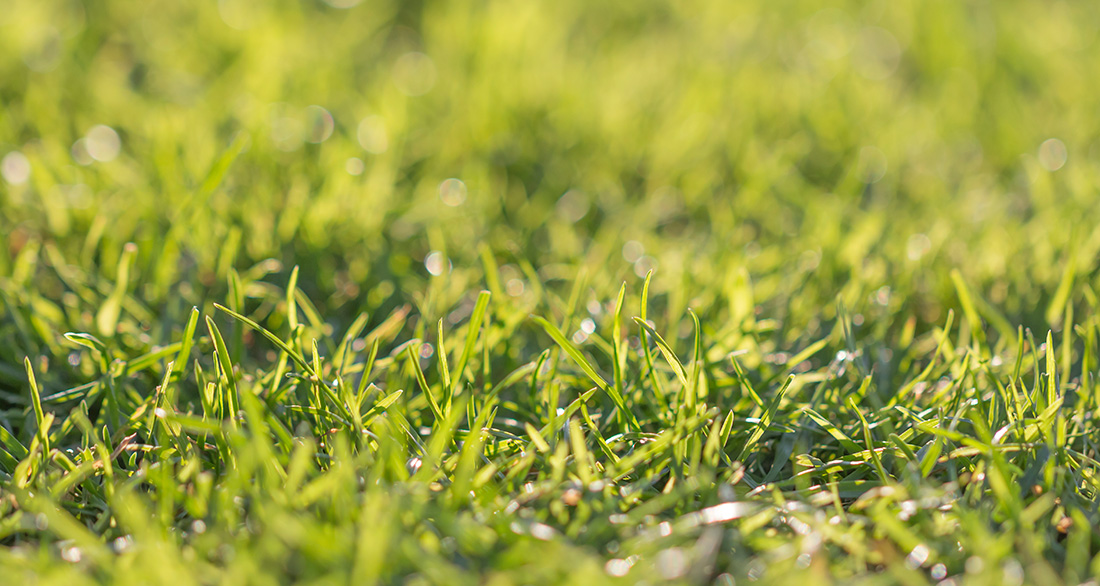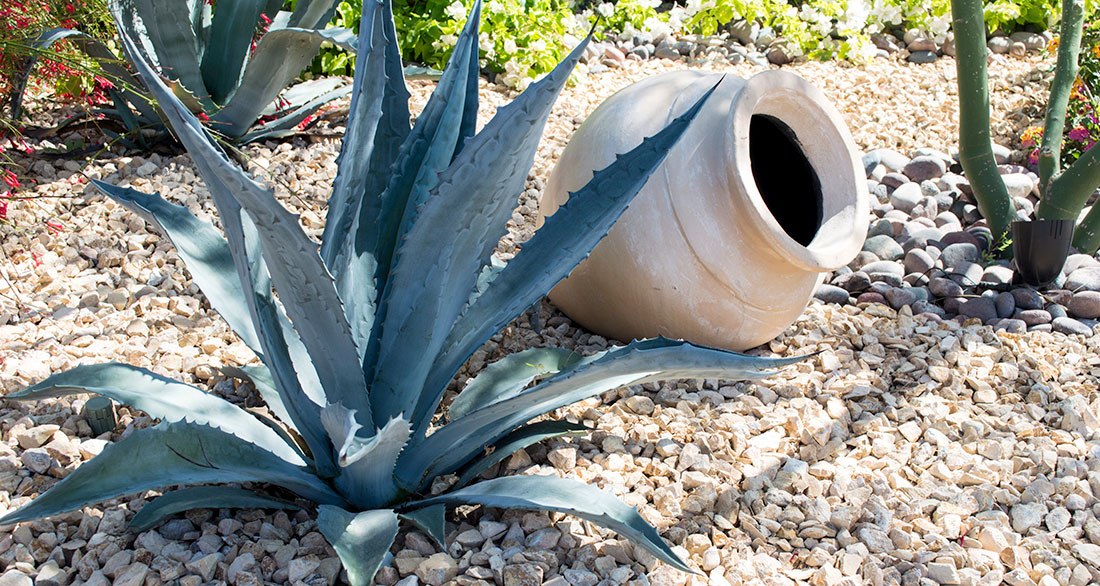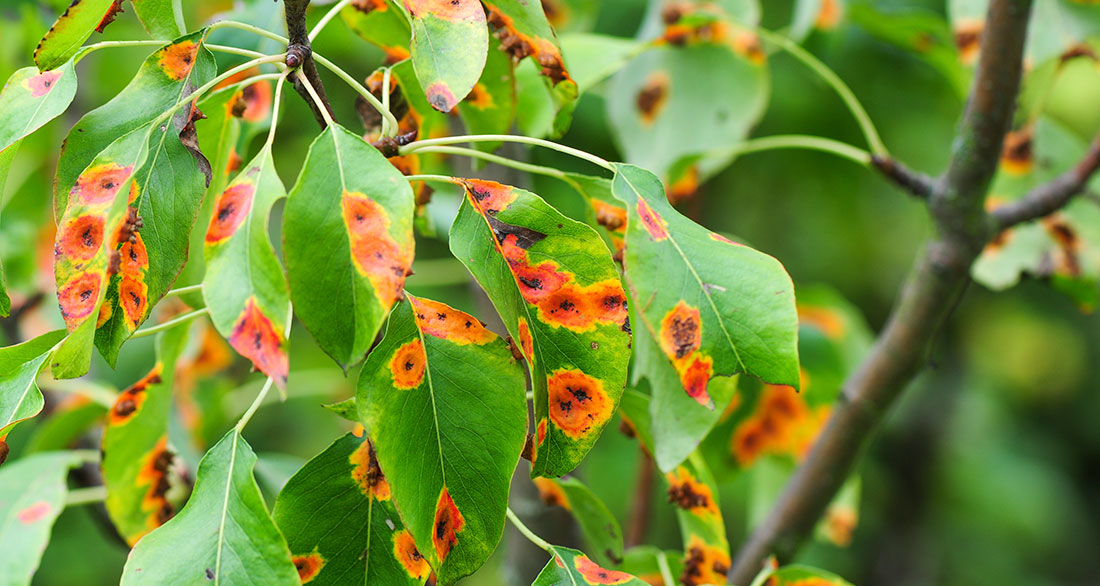Bacterial & Viral Diseases
BACTERIAL & VIRAL DISEASES There are two common bacterial diseases that occur in landscapes in Los Angeles County: fire blight and diseases caused by the bacteria Xylella fastidiosa which include bacterial leaf scorch and Pierce’s Disease. Fire Blight Fire blight is caused by the bacterium Erwinia amylovora. It is common on apple, pear, crabapple, [...]






